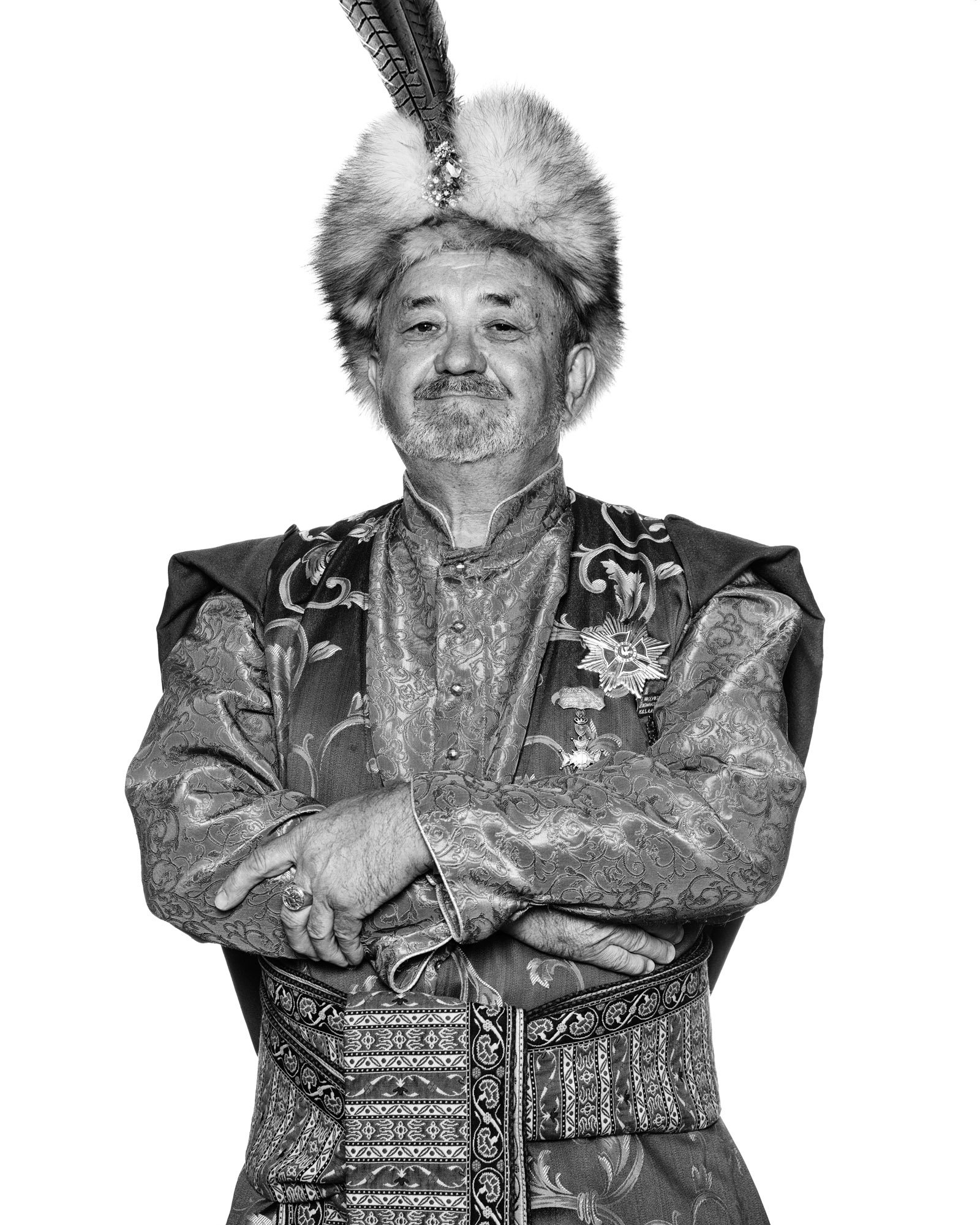Vézelay is a particularly historic place in Burgundy, France. Its significance stems from the Benedictine monastery founded there in the 9th century.
Right from the beginning of its existence, the site became important because it was claimed that the bones of Mary Magdalene were found there. This quickly turned the village into an important pilgrimage site and transformed the village into a town. The location also became an important starting point for the Camino de Santiago.
Around 1120, after a massive fire in which more than 1000 pilgrims perished, construction of the current basilica started.
In 1146, Vézelay briefly became the center of the World. Pope Eugene III had asked abbot Bernard of Clairvaux to call for the second crusade to the Holy Land on Easter Sunday. Louis VII (King of France), and his wife Eleanor of Aquitaine were there as well and supported the abbot.
In the 13th century, interest in Vézelay diminished considerably. The Catholic Church no longer embraced it as the place where Mary Magdalene was buried. This resulted in a decreasing flow of pilgrims. Over the centuries, Vézelay has retained its role as a starting point for the Camino to Santiago de Compostela.












